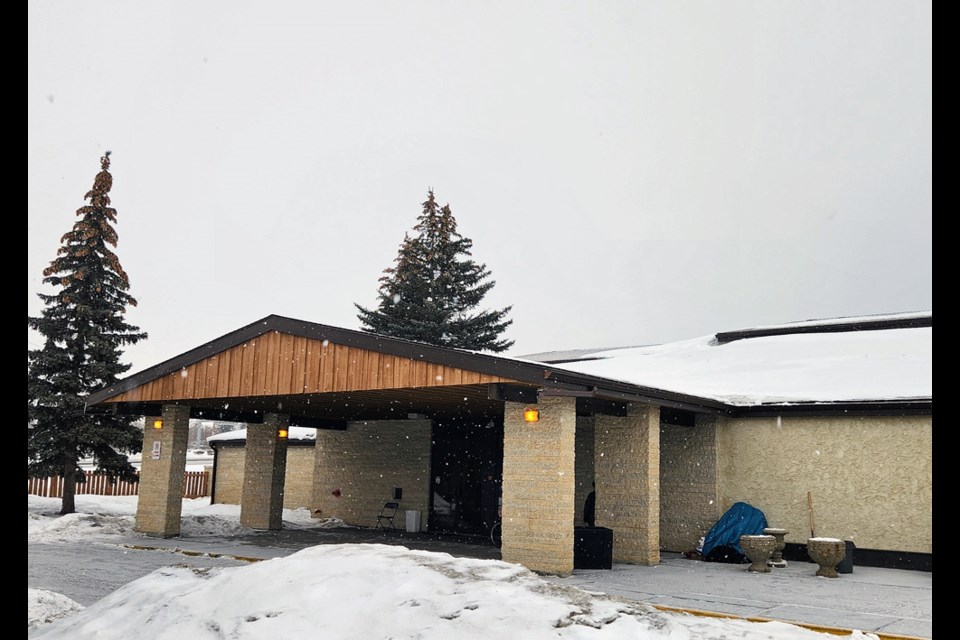SASKATOON — Indigenous leaders are urging the federal government to include the expected increase in the population of their people in urban areas in their budget to catch up with the rapid growth.
The Congress of Aboriginal Peoples saw a 12.5 per cent increase in the Indigenous population moving into Canada's urban areas in the last five years and are hoping the federal government invests in several areas like affordable housing to ensure Indigenous peoples get the same opportunities that others avail o.
“Ottawa must drop their distinctions-based approach to Indigenous needs. While the feds pick and choose [whom] they consider, Indigenous urban areas are filling with Indigenous peoples,” said CAP National Chief Elmer St. Pierre.
“[Indigenous peoples] who have no programs or supports to help them maintain their cultures and traditions. [These] realities are unacceptable in a country as rich as Canada. No one should live without a safe roof over their head.”
Homelessness, poverty and overcrowding have become common problems for Indigenous people. Conditions will worsen if no significant investments or funding are set aside to address the issues.
CAP was also committed to solving the national Indigenous housing crisis when they convened earlier this month during the 2023 National Housing Engagement Session on the Territory of the Coast Salish of the Nations of the Musqueam, Squamish and Tsleil-Waututh in Vancouver.
CAP National Vice Chief Kim Beaudin said a solid housing plan must be created as Indigenous people in urban areas face different challenges.
“Urban Indigenous people face unique challenges when finding safe and affordable housing. It is time we generate a solid housing plan that considers our diverse cultures and challenges to ensure the caretakers of these lands have a safe place to live,” said Beaudin.
According to Employment and Social Development Canada's data, 34,400 and 45,300 Indigenous people went to emergency shelters in 2016, with 31 per cent identifying as Indigenous.
Beaudin added that CAP also calls for extended and sustainable funding support for the Murdered and Missing Indigenous Women and Girls, the 60's Scoop and Day School Survivor programming, and investments in post-secondary and language programming.
“We have to ensure that those who were wronged in the past are recognized and supported, and our women and girls kept safe. Each budget is an opportunity to improve the quality of life for thousands of Indigenous peoples living in urban, rural and northern areas – I hope this budget is a solid step in that direction,” said Beaudin
MN-S responds to crisis
The Métis Nation-Saskatchewan recognizes the housing problem and the need to find solutions in all regions of the province. They are investing in Northern Region III to address the issue.
MN-S will contribute $1.5 million in funding to the NRIII Regional Housing Strategy, partnering with Sakitawak Development Corporation to build eight new affordable and accessible housing units in the village of Ile-a-la-Crosse and Metis Local 21.
Local workforces will build six tiny homes and two three-bedroom houses in the village of Île-à-la Crosse, with the projects beginning this spring and expected to be completed in 2024.
“We hear from citizens in all regions of the province, north, central, and south, who tell us about the inadequate living conditions and housing shortages in their communities," said MN-S President Glen McCallum.




